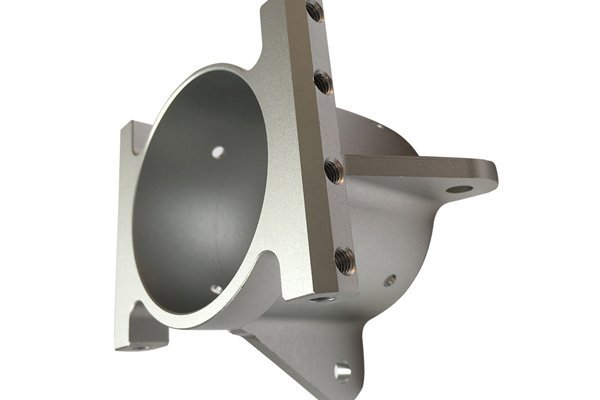Opening
Did you know that aluminum is one of the most widely used metals in the world? From the packaging industry to aerospace engineering, its lightweight and corrosion-resistant properties make it the metal of choice for a multitude of applications. Among the various aluminum alloys, 5083 aluminum stands out due to its exceptional performance under harsh conditions, particularly in marine and structural applications. But did you know that selecting the optimal cutting speed during CNC machining is a critical factor that can affect the quality, efficiency, and cost of your project? In this blog, we will explore the intricacies of CNC machining 5083 aluminum and discuss the optimal cutting speeds to ensure you achieve high-quality results.
Understanding CNC Machining
CNC (Computer Numerical Control) machining is a subtractive manufacturing process that uses programmed commands to control the movement of factory tools and machinery. This type of machining is vital for creating complex shapes and designs with high precision and repeatability. 
In the context of machining aluminum, choosing the right parameters—such as cutting speed, feed rate, and depth of cut—is paramount to achieve the best results. The cutting speed, in particular, influences tool life, surface finish, and machining efficiency.
Why 5083 Aluminum?
5083 aluminum is renowned for its excellent corrosion resistance, high strength, and weldability, making it ideal for marine and structural applications. Its high magnesium content boosts its strength, particularly in extreme conditions, making it suitable for use in shipbuilding and architectural structures.
However, machining 5083 aluminum presents unique challenges. Its properties require special considerations for cutting speeds and techniques to avoid issues such as excessive tool wear, heat generation, and poor surface finishes.
The Importance of Cutting Speed
Cutting speed is defined as the rate at which the cutting edge of the tool moves across the surface of the workpiece, and it significantly impacts the machining process. Factors influenced by cutting speed include:
Determining Optimal Cutting Speed for CNC Machining 5083 Aluminum
To determine the optimal cutting speed for machining 5083 aluminum, we need to consider several factors, including tool material, tool geometry, type of CNC machine, and cutting fluid used.
Factors to Consider

Recommended Cutting Speed
The general recommended cutting speed for CNC machining 5083 aluminum is between 3,000 to 4,500 RPM (Revolutions Per Minute) when using carbide tools. However, actual speeds can vary based on the factors mentioned above:
Calculating Feed Rate
Once cutting speed is established, calculating the feed rate is essential in achieving an efficient machining process. Feed rate is the speed at which the workpiece moves past the cutting tool and is typically measured in inches per minute (IPM).
The relationship between cutting speed, feed rate, and other parameters can be expressed through formulas. For milling operations, the following formula can be utilized:
[ text{Feed Rate (IPM)} = text{RPM} times text{Number of Teeth} times text{Chip Load (inches)} ]
Where:
Practical Tips for CNC Machining 5083 Aluminum
Understanding the optimal cutting speed when CNC machining 5083 aluminum is vital for achieving high-quality results. From tool choice to cutting parameters and coolant application, every aspect of the machining process contributes to overall efficiency and output quality.
By applying the right techniques and taking into account the factors discussed above, manufacturers can enhance their machining processes, ultimately improving product quality and reducing costs. For anyone involved in machining, whether a novice or an experienced professional, continually evaluating machining parameters and staying informed about best practices are essential for success in today’s competitive manufacturing landscape.
In conclusion, it is crucial to consider the properties of the material, tooling options, and cutting speeds to achieve the desired results when machining 5083 aluminum. Remember that success in CNC machining lies not only in employing the right tools but also in understanding the material and optimizing your approach. This blog serves as a foundation for instructing individuals on essential machining practices and providing critical insights necessary for refining their CNC operations for aluminum machining.




